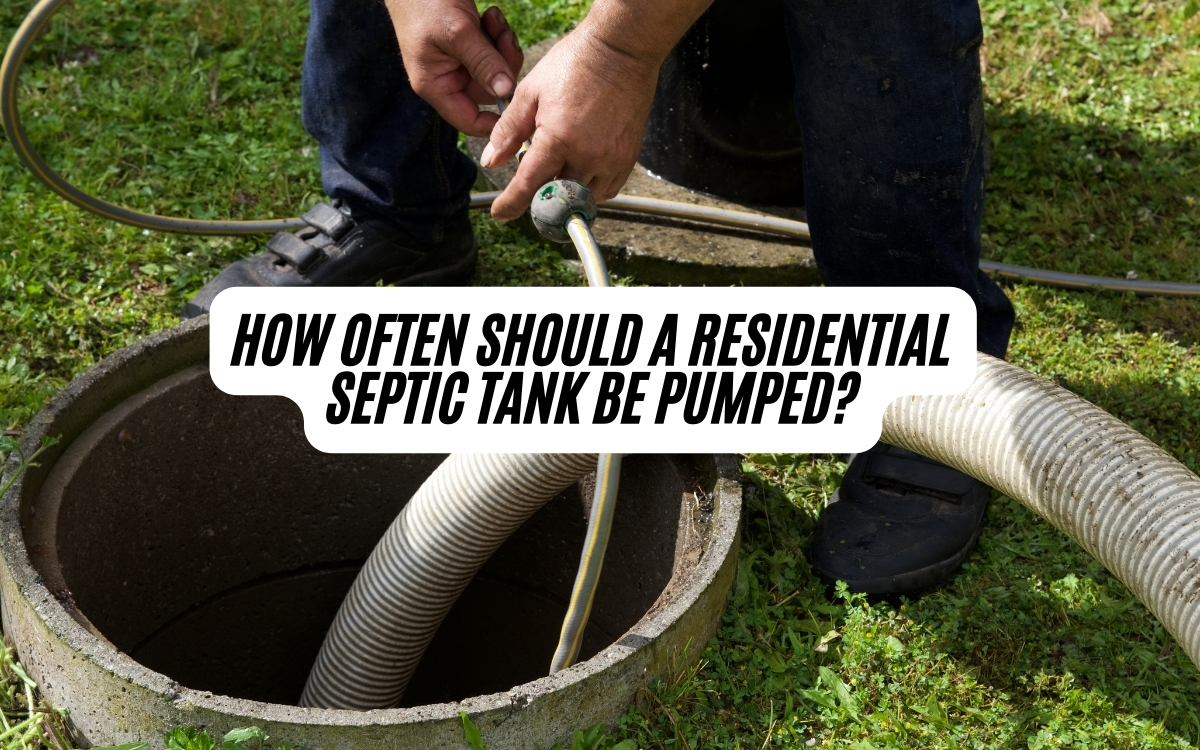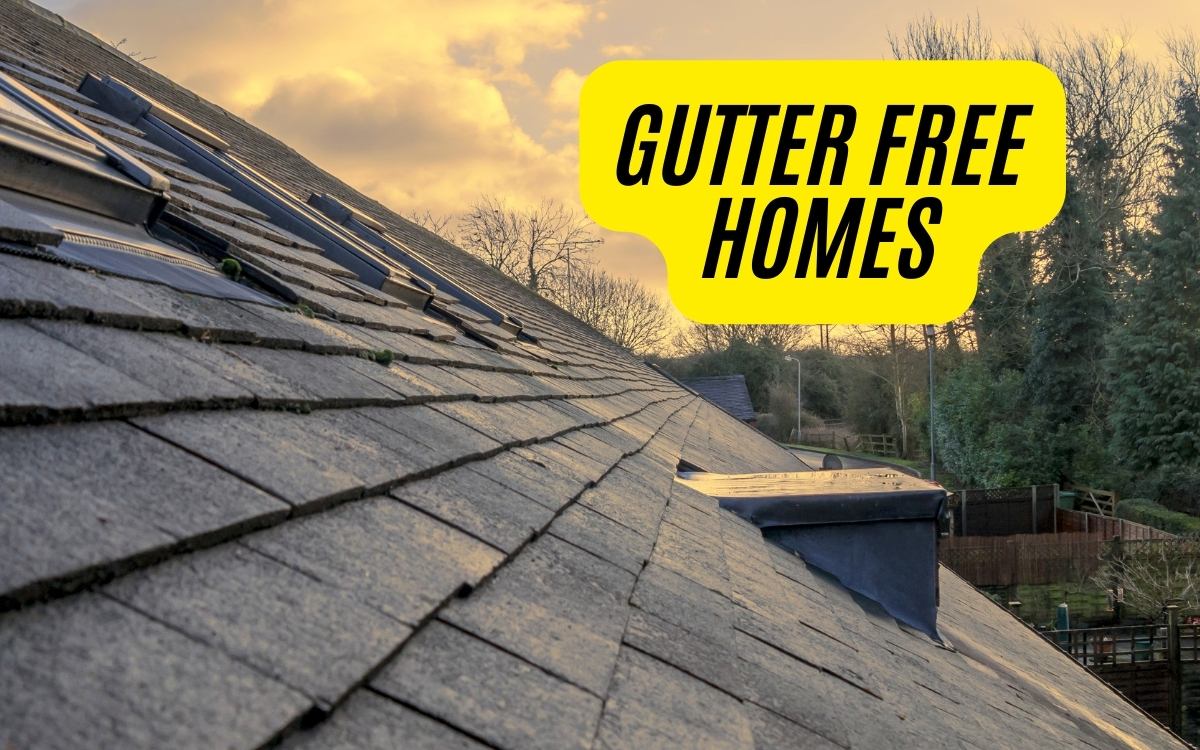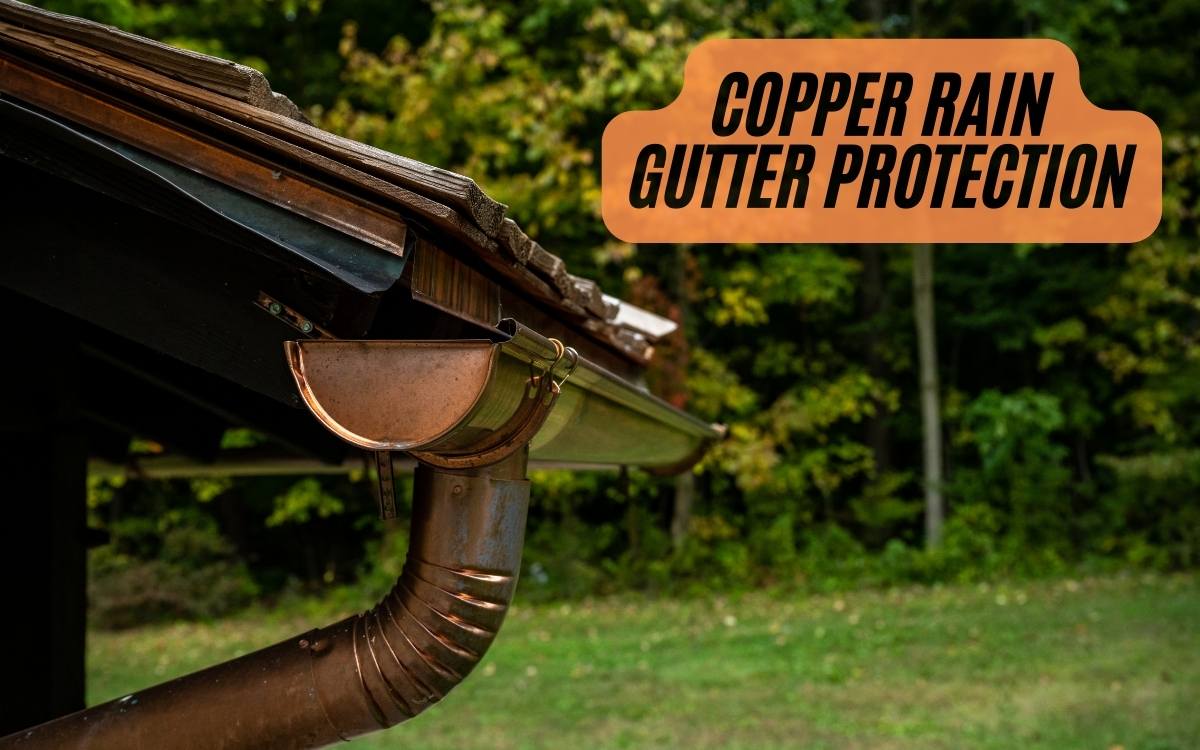ROOF RESCUE: Protect Your Home’s Crown Jewel
Your home's roof is a crucial component of its structural integrity, and neglecting its maintenance can lead to catastrophic consequences, including water damage, structural issues, and even collapse. To prevent these issues, prioritizing roof safety, gutter care, and regular inspections is imperative. Ice dams, structural weaknesses, and tree maintenance are also critical areas to address. By understanding the importance of these factors and taking proactive measures, homeowners can protect their roof and prevent costly repairs. From here, you can take the necessary steps to safeguard your home's crown jewel and guarantee its long-term durability.
Roof Safety Essentials
One essential aspect of roof rescue is prioritizing roof safety essentials.
Falls are the leading cause of injury and death from home repairs, making it pivotal to take necessary precautions.
The right protective gear, such as fall restraint harnesses, hard hats, gloves, eyewear, and ladder stabilizers, keeps workers steady and shielded while working at heights.
It's also essential to realistically assess skill levels; if heights cause anxiety or lack climbing strength and stability, hire help.
Wait for safe weather conditions or call a professional to avoid falls from slick surfaces or unsteady ladders.
Gutter Care and Maintenance
Two of the most critical components of a roof's water management system are gutters and downspouts. These channels collect and redirect rainwater, protecting your home from water damage and structural issues.
Clogged gutters, however, cannot effectively divert rainwater, allowing moisture to penetrate and slowly damage roof components. Signs of overflow include buckling shingles, sagging rooflines, excess leaf and debris accumulation, interior leaks, and water dripping down exterior walls.
Regular cleaning and maintenance are essential to prevent these issues. Install plastic mesh gutter guards to simplify maintenance, and clean gutters and downspouts at least twice a year. Guarantee gutters are securely fastened to the roof, and check for sagging or uneven gutters to prevent water damage.
Ice Dam Prevention Measures
As winter weather sets in, homeowners in cold climates must be vigilant against a common yet destructive phenomenon: ice dams.
Ice dams form when melted snow refreezes at the roof edge, causing water to back up into the home.
To prevent this, guarantee proper attic insulation and ventilation. Rake off snow before it melts and refreezes to temporarily alleviate the danger.
Install electric heating cables along roof edges to warm gutters and inhibit refreezing. Hire an electrician for safe installation.
Structural Support and Inspection
Roof structural integrity relies heavily on the primary supports that vary by roof type, often including critical framing ties.
Inspect these supports yearly for signs of pests, decay, cracks, and water damage. Probe wood with a screwdriver to check for crumbling, spongy, or tunneled timber. Separating rafter tips indicate the roof system is losing critical framing ties.
Extensive deterioration often requires full support and replacement by professionals. Regularly examining the roof protects from nasty surprises.
Scan all exterior roof planes for damage needing repair. Clear debris blocking drainage routes or vents, and check seams with walls or chimneys, resealing cracks allowing water entry.
Roof Repair and Replacement
When addressing roof damage, vitally, one must prioritize prompt repairs to prevent minor issues from escalating into major problems.
Delaying repairs can lead to further damage, compromising the structural integrity of your home. Replace damaged or rotten wood to prevent further deterioration.
If your roof is nearing the end of its lifespan, consider replacing it entirely. For major repairs or replacement, hire a professional to guarantee high-quality materials and proper installation.
Inspect and repair flashing around chimneys, vents, and skylights, and check for signs of water damage. Guarantee proper installation of roofing materials to prevent water seepage, and consider adding a waterproof underlayment layer for added protection.
Tree Maintenance and Protection
Most homeowners overlook the significance of tree maintenance in roof protection, yet it plays a crucial role in preventing damage to the roof and surrounding structures.
Overhanging branches can scratch or puncture roofing materials, while leaves and debris can clog gutters and downspouts, leading to water damage. Dead or dying trees can fall, causing catastrophic damage to the roof and surrounding structures.
Regular tree maintenance, including trimming and pruning, can mitigate these risks. Consider hiring a professional for large or difficult tree maintenance tasks.
Keep trees at least 10 feet away from the roof to guarantee a safe distance. By prioritizing tree maintenance, homeowners can protect their roof and surrounding structures from potential damage.
Annual Roof Inspections
Regular scrutiny is essential for detecting potential issues before they escalate into costly problems.
Annual roof inspections allow homeowners to identify and address minor issues before they become major repairs. During these inspections, it's vital to examine the roof's structural integrity, inspect for signs of wear and tear, and check for damage from environmental elements.
A thorough inspection can reveal issues such as loose or missing shingles, cracked flashing, and deteriorated chimneys. By catching these problems early, homeowners can avoid costly repairs, reduce the risk of water damage, and guarantee their roof remains safe and secure.
Consider hiring a professional for a thorough inspection to provide peace of mind and a clear understanding of your roof's condition.
Proactive Roof Preservation
Effective roof preservation demands a proactive approach, where homeowners take deliberate steps to protect their roofing system from potential threats.
By being proactive, homeowners can prevent costly repairs, guarantee their family's safety, and maintain their home's value.
- Regularly inspect and clean gutters to guarantee proper water flow and prevent damage.
- Trim tree branches to prevent damage from branches and leaves.
- Address minor repairs promptly to prevent major issues.
- Consider hiring a professional for major repairs or replacement to certify quality workmanship.
Frequently Asked Questions
What Are the Consequences of Neglecting Roof Maintenance?
Neglecting roof maintenance can lead to catastrophic consequences, including structural damage, water intrusion, mold growth, and compromised safety, resulting in costly repairs, potential health hazards, and even collapse, emphasizing the importance of proactive care and regular inspections.
How Do I Choose the Right Roofing Material for My Climate?
When selecting roofing materials, consider your climate's unique challenges, such as high winds, heavy snowfall, or intense sunlight. Research materials that excel in your region, like asphalt shingles for temperate climates or metal roofs for high-wind areas.
Can I Install a New Roof Over an Existing One?
When considering installing a new roof over an existing one, assess the condition of the underlying roof, ensuring it's structurally sound and free of damaged or rotten wood, and consult a professional to determine the feasibility and potential consequences of layering roofs.
Are There Any Diy-Friendly Roofing Materials Available?
When exploring DIY-friendly roofing materials, consider asphalt shingles, corrugated metal, and EPDM rubber, which offer ease of installation and moderate costs, making them accessible for homeowners seeking to tackle roofing projects independently.
Can I Claim Roof Repairs on My Homeowner's Insurance?
When filing a claim for roof repairs, review your homeowner's insurance policy to determine coverage eligibility, noting deductibles, limits, and specific exclusions, and consult with your insurer or agent to guarantee a smooth and successful claims process.



